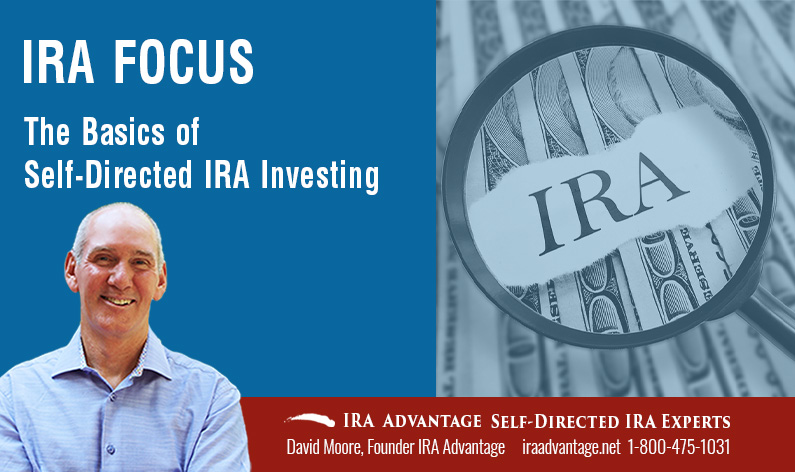The concept of a Self-Directed Individual Retirement Account (IRA) can feel like wandering through a vast wood, rich with opportunities yet fraught with challenges. Imagine each investment option as a unique tree, offering different fruits and nuts, but also the potential for shadows where risks lurk. One question that naturally arises for individuals venturing into this forest is whether a Self-Directed IRA can extend loans to others—a tantalizing idea that presents both opportunities and pitfalls.
To delve into this intricate matter, it is imperative first to understand the essence of a Self-Directed IRA. Unlike traditional IRAs, where investment choices largely revolve around stocks, bonds, and mutual funds, a Self-Directed IRA liberates account holders from conventional boundaries. This freedom allows for a plethora of investment types, ranging from real estate to precious metals, venture capital, and even cryptocurrency. Yet, with this extensive horizon comes responsibility and regulation—imagine being the navigator of your ship; success lies not just in knowing your destination, but also in steering clear of treacherous waters.
When contemplating whether a Self-Directed IRA can lend money, it’s essential to understand the IRS regulations governing these accounts. Primarily, one cannot directly lend money from an IRA to oneself. Such a transaction is deemed a “prohibited transaction,” akin to a sailor attempting to use both hands to navigate two boats simultaneously—essentially impossible and fraught with complications. The IRS forbids self-dealing to maintain the integrity of the tax-advantaged status of an IRA. This safeguard ensures that account holders do not manipulate the system to benefit themselves unduly.
However, the narrative shifts intriguingly if we consider the potential for a Self-Directed IRA to lend to third parties. Herein lies an exciting prospect: when structured correctly, an account holder can facilitate loans through their Self-Directed IRA to other entities or individuals. Picture this as planting seeds within the fertile soil of one’s retirement account, nurturing them to grow into fruitful investments. Such loans can often yield higher returns than conventional investments, assuming all the right conditions prevail.
Before embarking on this venture, however, the account holder must ensure that the loan adheres strictly to IRS guidelines. The loan must be made to a third party who is not an “disqualified person.” Disqualified persons include family members, certain business partners, and others closely connected to you. Engaging in transactions with these individuals may lead to disqualification of the entire IRA, resulting in tax ramifications that could overshadow any potential benefits.
The nature of the loan itself is another focal point. The loan can take various forms, such as a mortgage for a real estate investment or a secured promissory note. Nonetheless, the terms of the loan should reflect arm’s-length conditions—this means that the interest rates and repayment schedules must mimic comparable loans available in the general market. Think of it as balancing on a tightrope; the slightest misstep could result in a fall into the abyss of regulatory penalties.
There exist several advantages to leveraging a Self-Directed IRA to facilitate loans. For one, these loans can provide debt capital to burgeoning businesses or real estate projects that may not qualify for traditional financing. Just as a conduit of water can bring life to a parched land, so can strategically deployed loans invigorate a company or investment opportunity. Moreover, if structured correctly, the returns from these loans are typically tax-deferred, allowing for growth within the IRA that can amplify wealth over time.
Still, it’s vital to tread with caution. Loans from a Self-Directed IRA can carry inherent risks. Default by the borrower could result in significant losses, and the account holder must be prepared for the eventuality of writing off the investment. This reality is the bramble to the blossoms in the investment landscape; not all ventures will flourish, and prudence is paramount.
Moreover, it’s important to recognize that servicing an IRA loan does not come without its duties. The IRA custodian must be involved in the process, as all transactions should be appropriately documented. The custodian, acting as a steward, safeguards the integrity of the investment by ensuring compliance with regulations. Imagine them as the keeper of the gates, ensuring that only those investments that adhere to the legal framework pass through.
In conclusion, while a Self-Directed IRA can indeed facilitate loans to third parties, it is essential to navigate this journey with foresight and diligence. Each investment opportunity presents both light and shadow—where one sees potential profit, another may see pitfalls waiting to ensnare the unwary. Just as a wise gardener tends to each plant with care, so too should an account holder approach their Self-Directed IRA, nurturing the right investments while navigatively avoiding the weeds of prohibited transactions and tax penalties. With knowledge as their compass and prudent judgment as their guide, investors can flourish in the rich terrain of self-directed investing.
